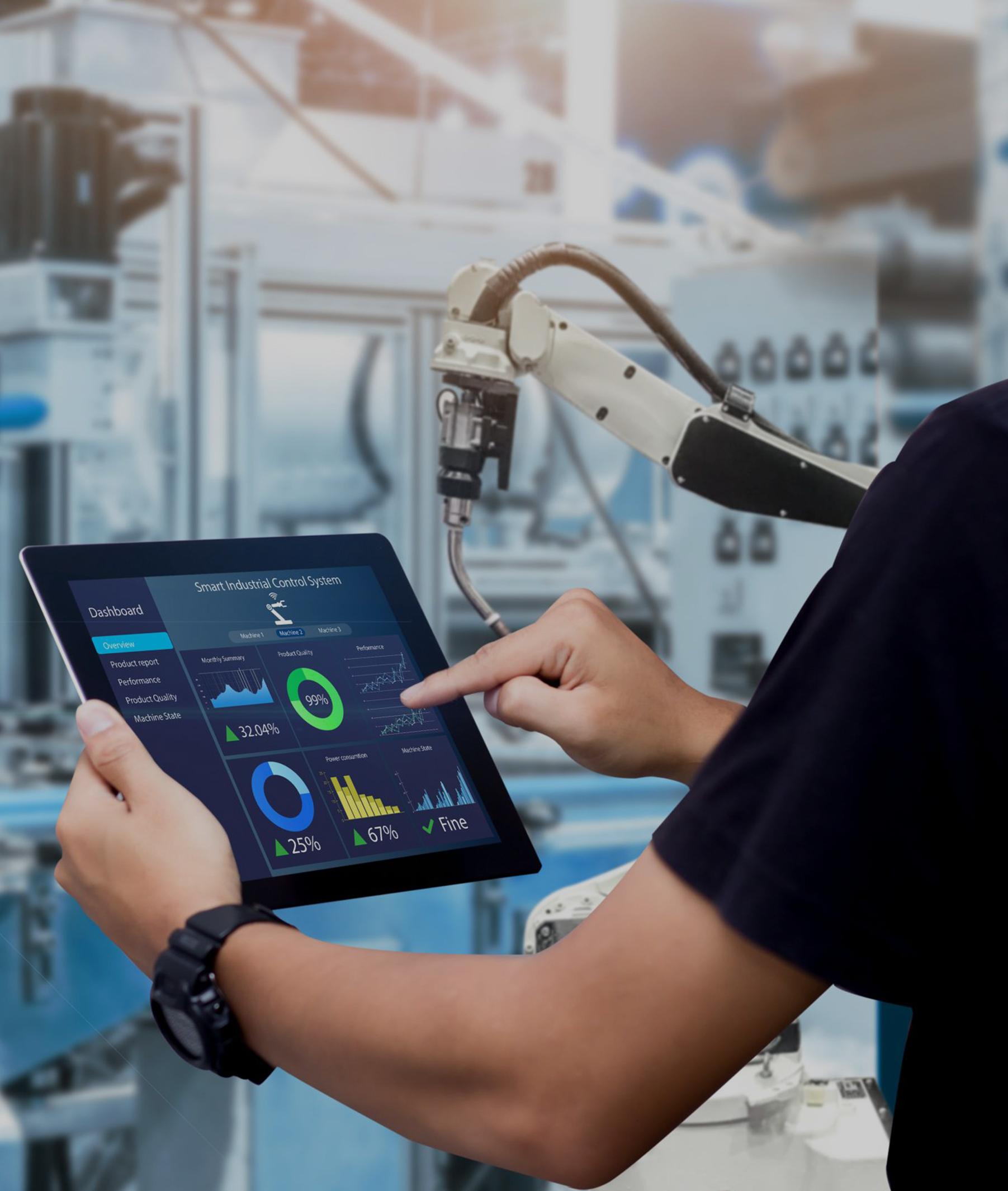
 |
Same Day Shipping for Stock Items |
|
DHL / Fedex / UPS / Aramex |
|
|
Professional one-on-one service |
|
100% brand new and original |
|
The GE 531X305NTBANG1 NTB/3TB Terminal Board is a high-quality, modular terminal board used in industrial control systems.
|
|||
Picture/Video
Get Products pictures or Video for Inspection|
Specification |
Product Image |
|
|
Brand Name |
GE |
|
|
Model Number |
531X305NTBANG1 |
|
|
Alternate Part Number |
531X305NTBANG1 |
|
|
Condition |
100% Original |
|
|
Quality |
Brand New |
|
|
Dimensions |
28.6x7x3.8cm |
|
|
Description |
NTB/3TB terminal Board |
|
|
Package |
Original Package |
|
|
Lead time |
In Stock |
|
|
Shipping term |
UPS DHL TNT EMS Fedex |
|
|
Payment |
T/T (Bank Transfer) |
|
|
Service |
One- Stop Service |
|
|
Weight |
0.4KG |
|
|
Warranty |
12 Months |
|
Product Description
The GE 531X305NTBANG1 NTB/3TB Terminal Board is a high-quality, modular terminal board used in industrial control systems, specifically designed for integration with General Electric's PLC and automation equipment. This terminal board serves as an interface between the controller modules and field devices (such as sensors, actuators, and other I/O components). It ensures efficient, reliable, and secure electrical connections for power distribution, signal transmission, and system control.
Detailed Product Parameters
Voltage Rating:600V AC/DC (Max Voltage)
Current Rating:10A per terminal block (typical)
Number of Inputs/Outputs:Typically 12 I/O channels (expandable)
Certification:UL, CE, RoHS, IEC 60947-7-1, IEC 60204-1
LED Indicators:No (for status indication, separate diagnostics)
Frequently Asked Questions
What is the maximum voltage rating of the NTB/3TB Terminal Board?
The GE 531X305NTBANG1 is rated for a maximum voltage of 600V AC/DC, making it suitable for a wide range of industrial applications that involve high-voltage signals.
What type of wiring does the terminal board support?
The terminal board supports screw-type and spring-type connections, allowing for easy and secure wiring of industrial control systems. Specific wiring options depend on the configuration of the terminal block.
How is the terminal board mounted?
The GE 531X305NTBANG1 terminal board is designed for DIN rail mounting, making installation in control panels and enclosures simple and standardized.
NOTE:
1. The products quoted are brand new and original with a one-year warranty
2. Prices are ex works, for shipping calculations, Please send to my Email
3. Cooperation with the express delivery of DHL / Fedex / UPS / Aramex, etc,Delivery time is approximately '' 5 days '' from our warehouse to the destination country
4. Quotation validity: 30 days, if you need to extend, please reconfirm the price after 30 days.
5. Payment Term: 100% advance payment by bank transfer.
6. For the products '' in stock '' in the offer, our company can support video inspection
|
YOKOGAWA |
MRI-234*B |
GE |
DS200ADGIH1AAA |
|
YOKOGAWA |
ADV159-P00 |
GE |
IC693ACC302B |
|
YOKOGAWA |
SDV541-S53 S3 |
GE |
DS200TCQCG1BKG |
|
YOKOGAWA |
AIP827-2 S1 |
GE |
IC693BEM321 |
|
YOKOGAWA |
ADV551-P53 S2 |
GE |
DS200UPSAG1AFD |
|
YOKOGAWA |
ADV151-E60 S2 |
GE |
IC693CMM321 |
|
YOKOGAWA |
ADV141-S13 S1 |
GE |
IC697ALG230 |
|
YOKOGAWA |
AIP532 S1 |
GE |
IS200TGENH1A |
|
YOKOGAWA |
AMM42 S3 |
GE |
IC200UEX211 |
|
YOKOGAWA |
SAI533-H33/PRP S1 |
GE |
IC697MDL940 |
|
YOKOGAWA |
S9400UK |
GE |
8601-FT-NI |
|
YOKOGAWA |
ST3*D AS S9181AQ-0 |
GE |
IC200PNS001 |
|
YOKOGAWA |
ADV141-P10 S1 |
GE |
IS210AEDBH4AGD |
|
YOKOGAWA |
F3RP45-2P/L1 |
GE |
PQMII-T20-C-A |
|
YOKOGAWA |
MRI-234*B |
GE |
TGT-3X6L-1-0-BD |
|
YOKOGAWA |
ADV159-P00 |
GE |
HE693RTD600 |
|
YOKOGAWA |
SDV541-S53 S3 |
GE |
PQMII-T20-C-A |
|
YOKOGAWA |
AIP827-2 S1 |
GE |
IS200SPROH1ADD |
|
YOKOGAWA |
ADV551-P53 S2 |
GE |
IS200EGPAG1BEC |
|
YOKOGAWA |
ADV151-E60 S2 |
GE |
8913-PS-AC |
|
YOKOGAWA |
ADV141-S13 S1 |
GE |
IC693CHS398 |
|
YOKOGAWA |
AIP532 S1 |
GE |
DS200ADGIH1AAA |
|
YOKOGAWA |
AMM42 S3 |
GE |
IC693ACC302B |
|
YOKOGAWA |
SAI533-H33/PRP S1 |
GE |
DS200TCQCG1BKG |
|
YOKOGAWA |
S9400UK |
GE |
IC693BEM321 |
|
YOKOGAWA |
ST3*D AS S9181AQ-0 |
GE |
DS200UPSAG1AFD |
NOTE: Moore Automation sells new and surplus products and develops channels to purchase such products. This site is not approved or endorsed by any of the listed manufacturers or trademarks.Moore Automation is not an authorized distributor, dealer or representative of the products displayed on this site.All product names, trademarks, brands and logos used on this site are the property of their respective owners.The description, illustration or sale of products under these names, trademarks, brands and logos is for identification purposes only and is not intended to indicate any affiliation with or authorization by any rights holder.
Our hours